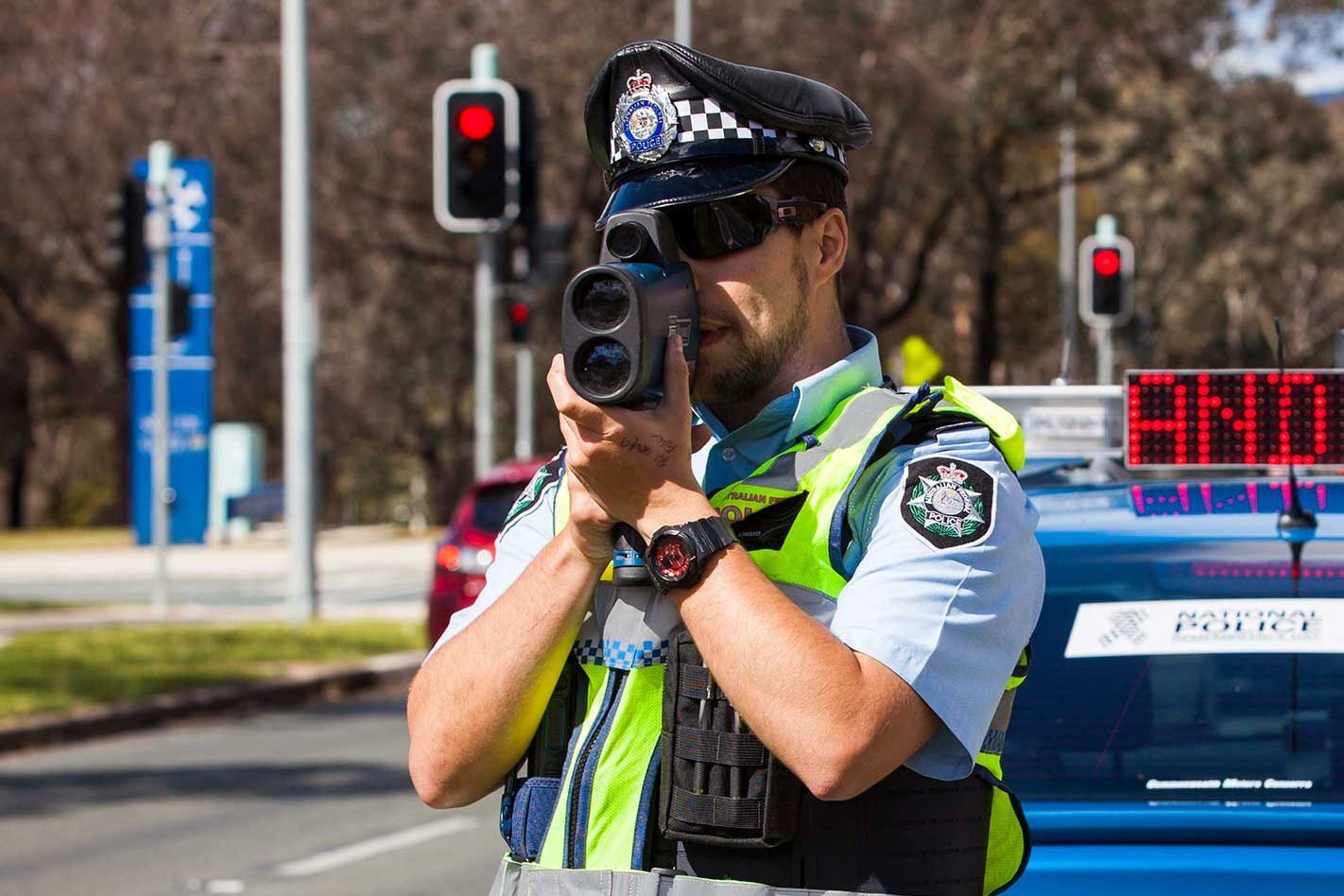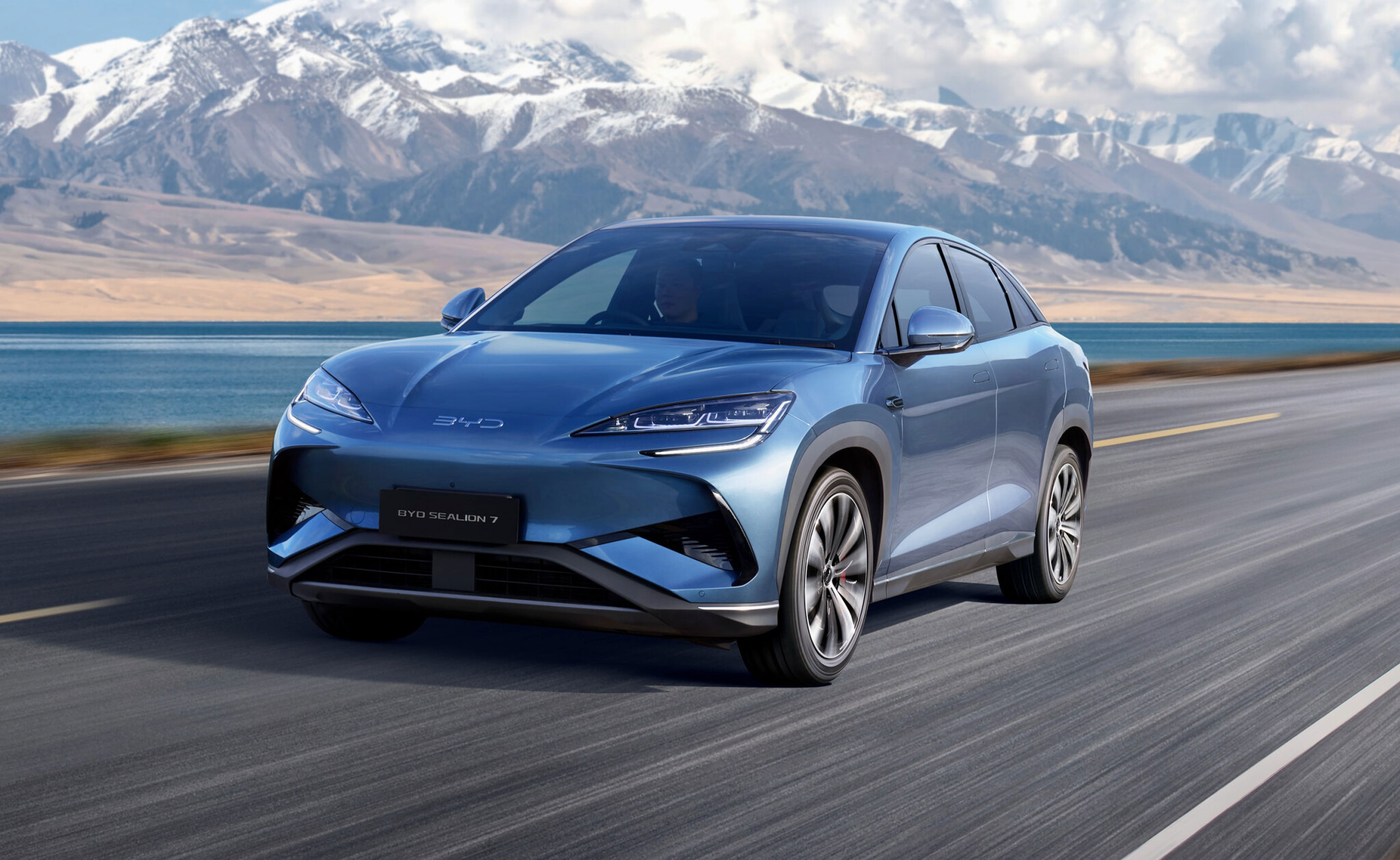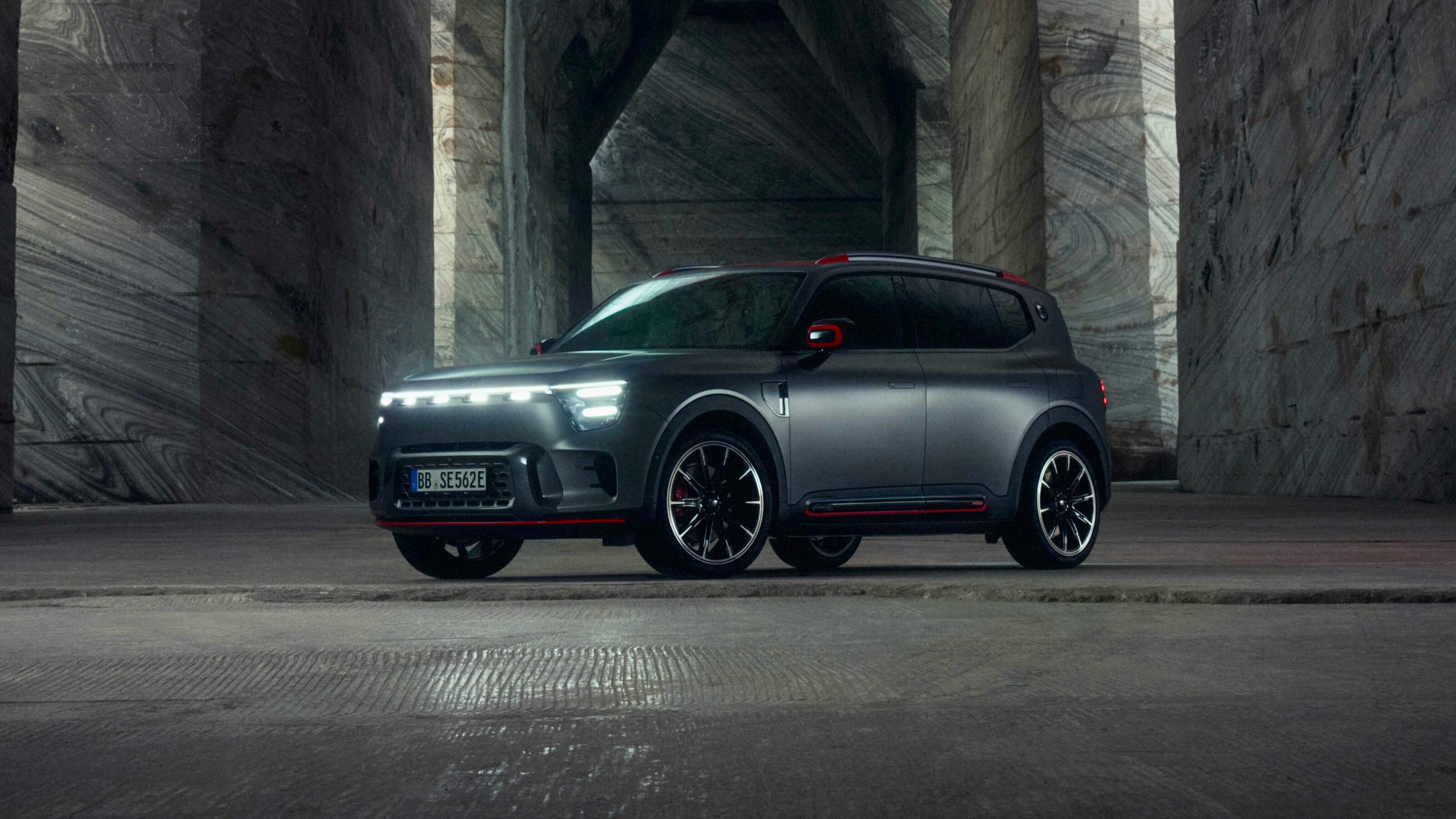An election is looming and the leaders of the two major parties, Scott Morrison and Bill Shorten, have clashed over electric cars during the first televised debate of the campaign.
Electric cars have become a core point of difference between the two parties, with the Australian Labor Party (ALP) announcing that they want 50 percent of all new car sales to be electric by 2030. It remains unclear whether the policy is lumping electrified vehicles (i.e. hybrids) in with electric cars.
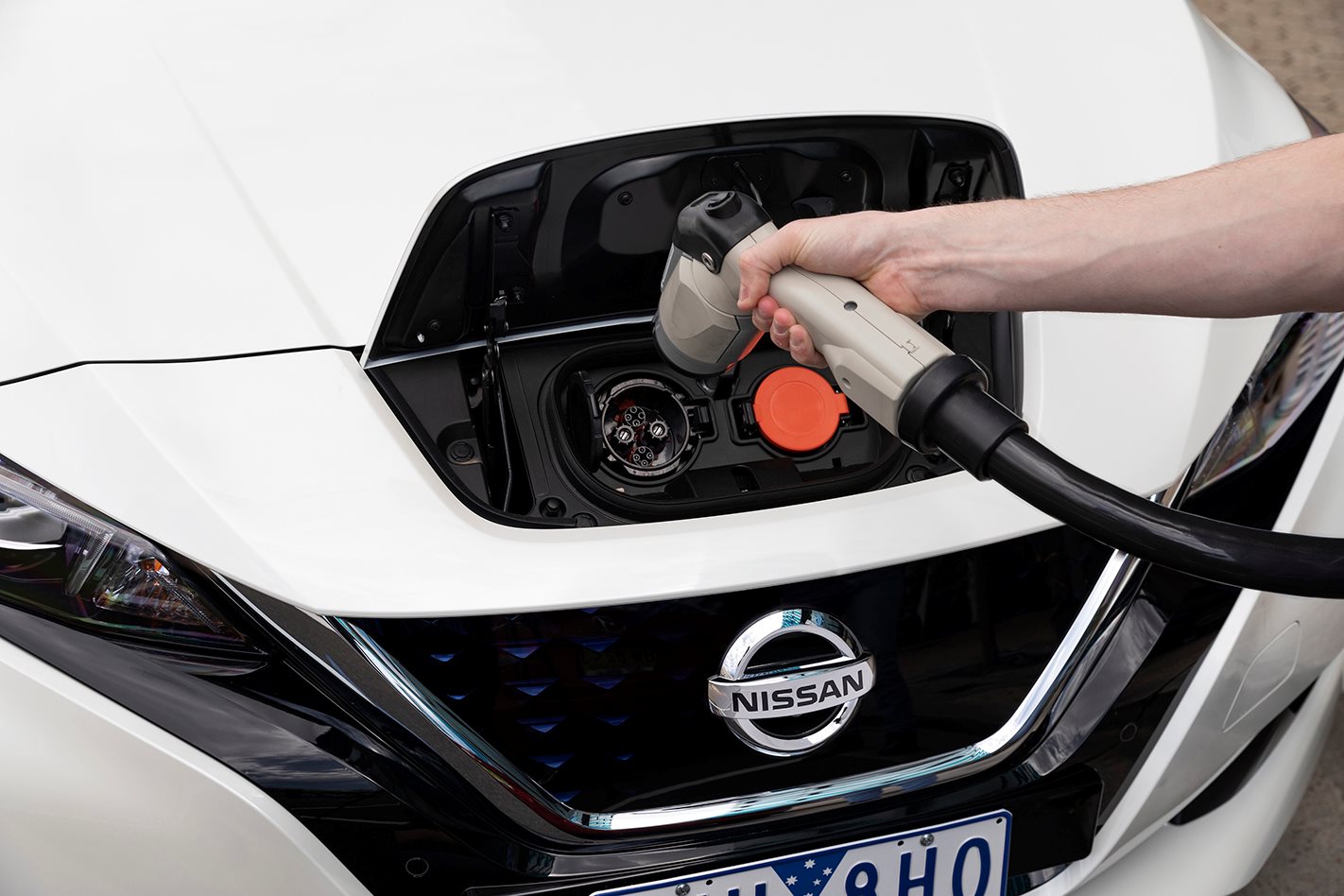
The Coalition dubbed the policy a ‘car tax’ that would force Australian customers to pay more for vehicles.
It was also falsely claimed that Labor’s policy would result in the death of dual-cab utes, with Small Business Minister Michaelia Cash stating: “We are going to stand by our tradies and we are going to save their utes.”
Shorten was asked during the debate what the price of a new Nissan Leaf was, with the ALP leader responding,”I haven’t bought a new car in a while so I couldn’t tell you.”
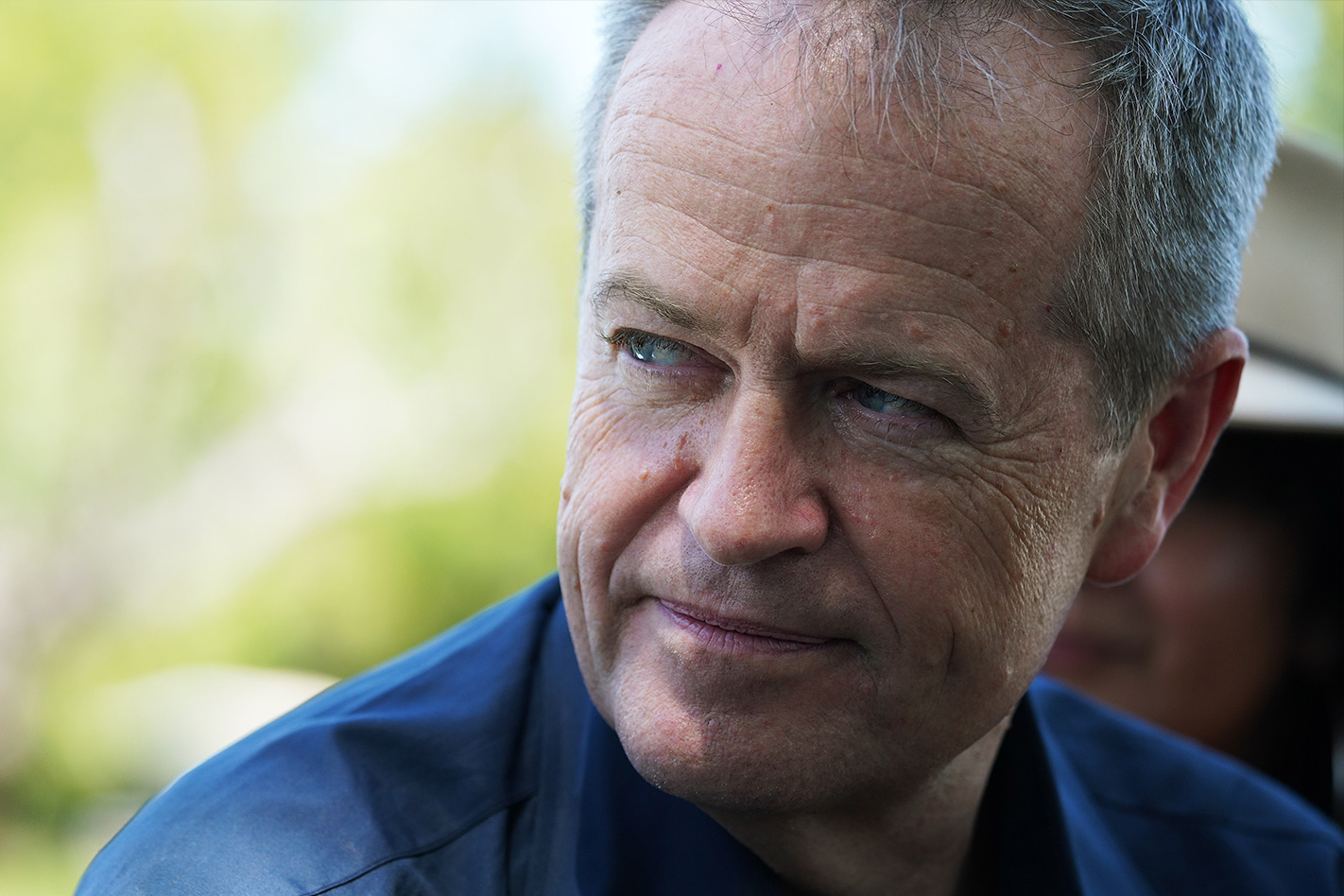
Morrison then interjected with: “I can tell you how much [more an] electric car costs than a standard car: it’s $28,000. It’s $28,000 [more] for the same type of car.”
The only direct comparison between electric and combustion-powered models in Australia is the Hyundai Kona, which is sold in both purely petrol and battery-powered variants.
EV Konas are available in two specification grades, Elite and Highlander, costing $59,990 and $64,490 respectively.
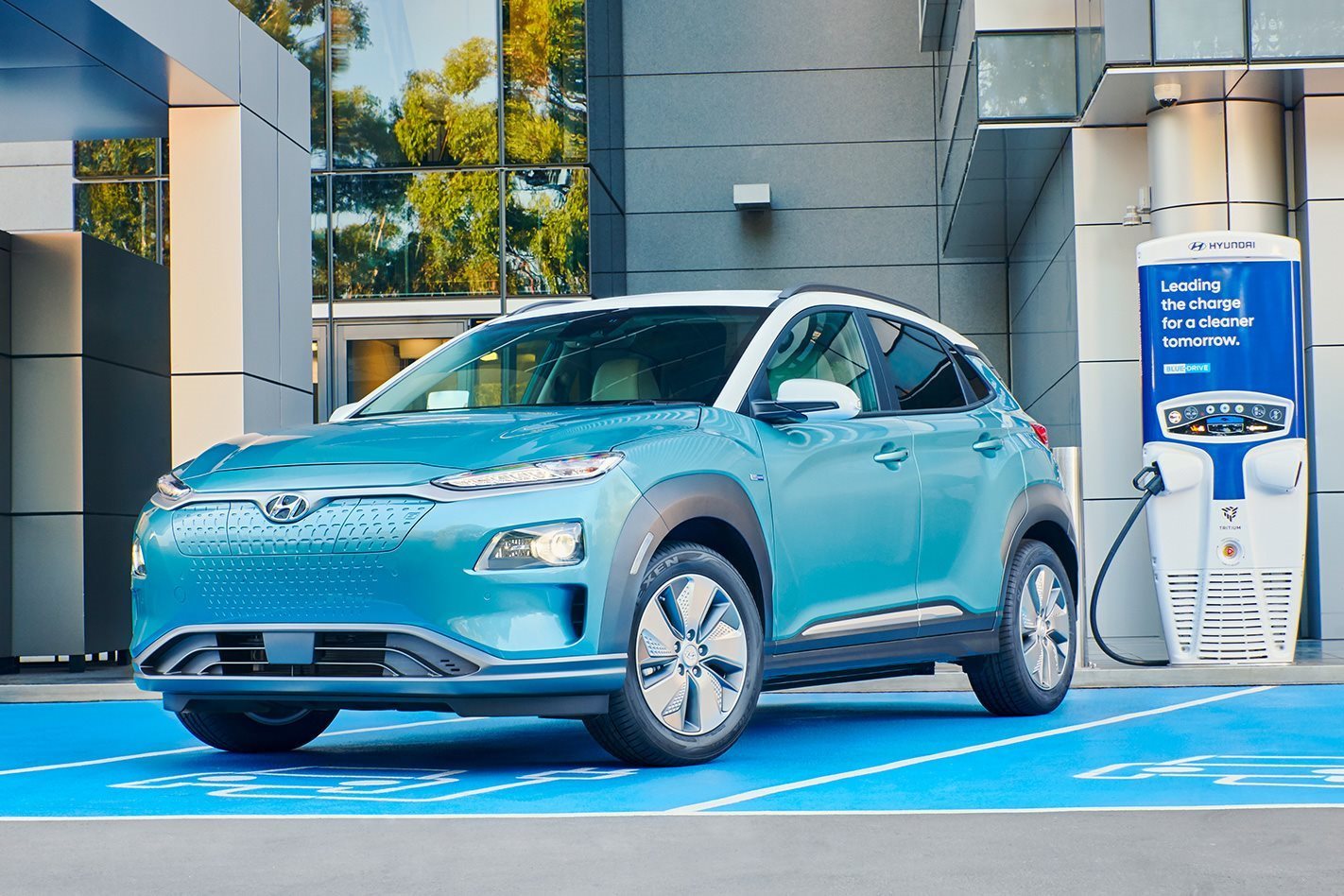
Petrol-powered Konas are available with a 2.0-litre naturally aspirated engine or a 1.6-litre turbo.
The cheapest of the two combustion-powered Kona Elites costs $29,500, while the turbo wears a $33,000 sticker.
The Highlander petrol starts at $35,500 for the 2.0-litre, and the 1.6 turbo version at $39,000.
Price variations between the petrol and electric Konas are $30,490 and $26,990 for the Elite, while a battery-powered Highlander is $28,990 and $25,490 more expensive.
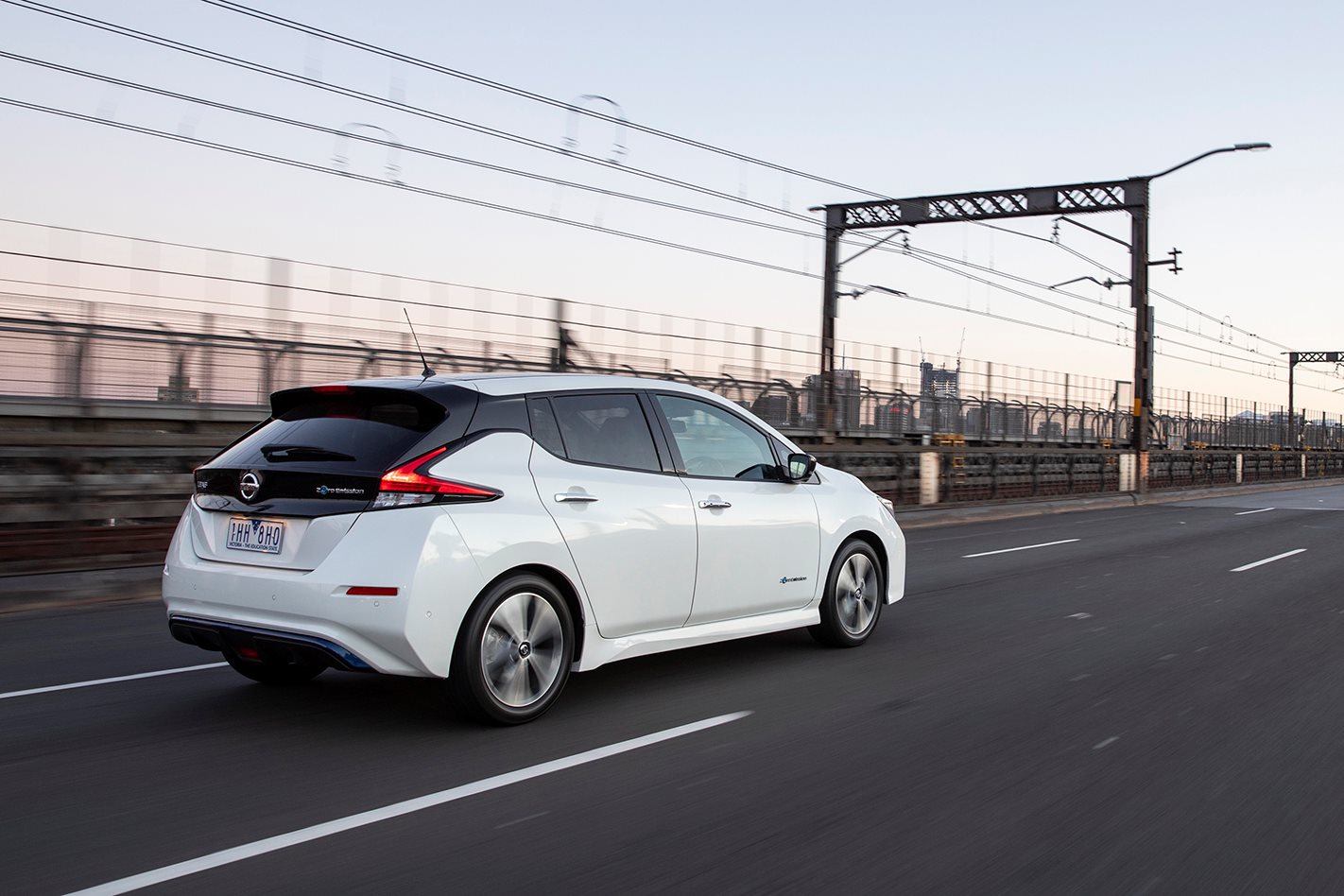
The new Nissan Leaf goes on sale in Australia later this year for $49,990. Nissan does not sell an equivalent combustion-powered hatchback in Australia.
However, the Leaf (which will be sold in a single high-level spec) is comparable in size and equipment to the Toyota Corolla ZR, Volkswagen Golf 110TSI Highline and Mazda3 G25 GT
The ZR is available with either a 2.0-litre naturally aspirated engine ($30,370) or as a hybrid ($31,870), meaning Australia’s second-best-selling small car is between $19,620 and $18,120 cheaper than the Leaf.
Leading the small car category in terms of sales is the Mazda3, with the G25 GT the Mazda spec closest to the Leaf costing $34,490, making it $15,500 cheaper. The Golf 110TSI Highline, at $35,990, is $14,000 cheaper than a Leaf.
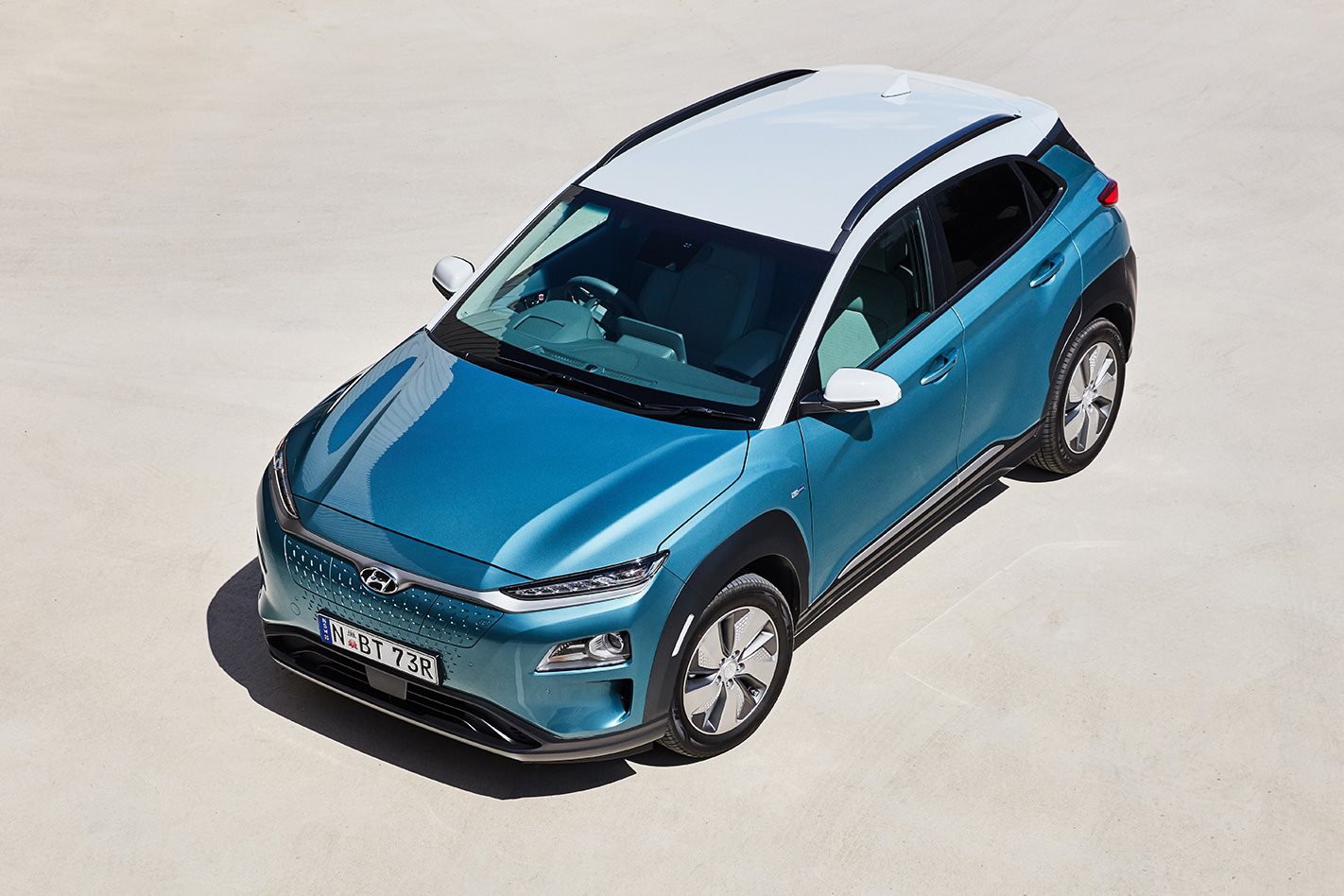
The cheapest electric car you can buy in Australia is the Hyundai Ioniq, which starts at $44,990. The Ioniq is also available as both a conventional and a plug-in hybrid that uses a 1.6-litre petrol engine in conjunction with batteries. These variants are $11,000 and $4000 cheaper than the purely electric spec.
Hyundai’s similarly-sized Elantra sedan will set buyers back $30,490 for a similar level of equipment.
Moving away from the lower-priced models, the Jaguar I-Pace and Tesla Model X 75D are both fully electric luxury SUVs that cost $119,000. A combustion-powered rival such as the Mercedes-Benz GLE ranges from $92,000 to $193,500. While you can achieve similar levels of specification at the bottom end of the GLE range, it would require the more hardcore (and expensive) AMG variants to compete with the electric SUV on performance.
Combustion-powered cars become more expensive than electric equivalents at the very top of the range, with Tesla’s Model S P100D flagship costing $196,200, compared to its high-powered German rival the Mercedes-AMG E63 S, which costs $239,611. A non-S model is available for $30,000 but is less powerful.
Comparing prices of combustion and battery-powered cars is an imperfect science, with few direct comparisons. It requires a nuance not allowed by today’s political discourse, let alone a televised leadership debate.
What on-the-paper reading of price also omits is the resale value and ongoing costs associated with maintenance and insurance, which differ from model to model, along with the cost of fuelling or charging the vehicle throughout its life.
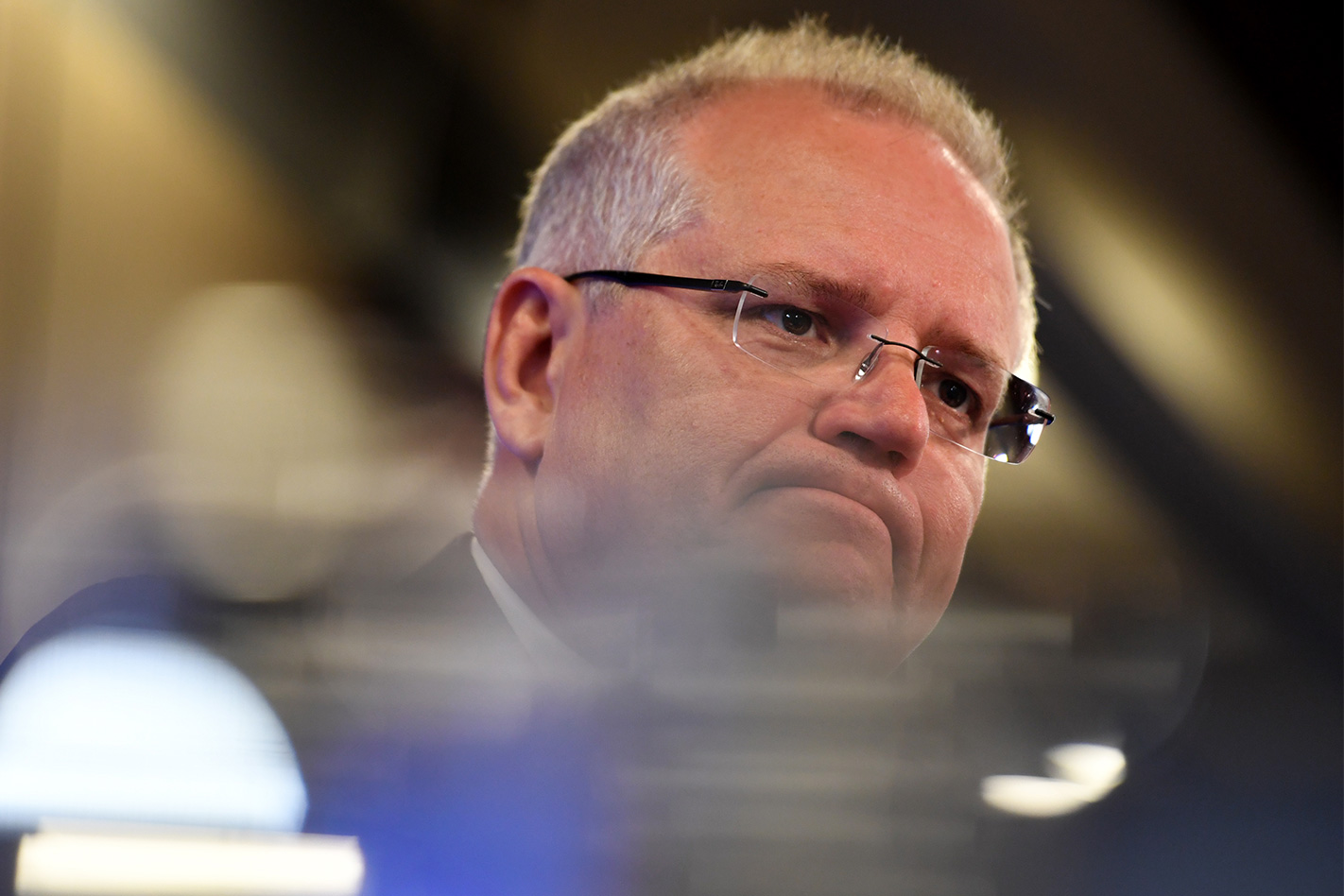
Following Morrison’s interjection, Shorten continued to explain the ALP’s policy.
“The problem is, it is very hard to buy cheap electric cars in Australia, because we don’t have a proper market for them; because we don’t have the charging stations, and because we have a government stuck in the past,” he said.
“Let me just clear up a couple of the nonsenses that we have already heard in the election, and in some parts of the media, I might add. What we would like is 50 percent of new cars [sold be electric]. It is a target, that if you want to buy an electric car that we have a proper market.
“We are not going to tell you to give in your ute, we don’t mind what car you buy. But the rest of the world is moving toward electric cars, they are getting cheaper. Why should we deny Australian customers cheaper petrol bills and cheaper cars?”




